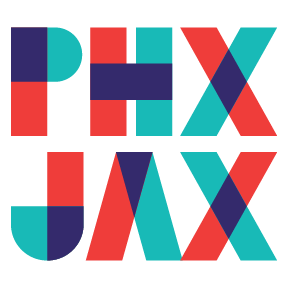Defining Regenerative Placemaking
What is Regenerative Placemaking?
The Bunker: Located in the Phoenix Arts & Innovation District, Jax, FL.
While “sustainability” focuses on reducing humans’ harmful impact on the natural environment to mitigate damage and toxicity, regeneration goes beyond restoration and focuses on revitalization to allow nature to fulfill its full potential.
Regeneration actively reinvigorates, giving life and value to biodiverse ecosystems, changing our approach and appreciation for clean air & water, fertile lands, and efficient resource management.
Civilization has everything to gain by reconnecting and supporting nature to thrive. Through the integration of design practices such as permaculture & biomimicry we create more space for nature to re-emerge and reach it’s fullest capacity and benefit to human life — such as more beautiful and harmonious architecture, and enhanced mental, physical and spiritual well-being. Nature organically embeds circularity, self-sustenance and climate resilience throughout our continued human developments.
Regeneration applies to our neighborhoods, too. If we revitalize value into disadvantaged communities, cultural assets, and people, we end-up with self-sufficiency, empowerment, stability and joy.
We need to shift our mindset and gear it towards innovative and proactive efforts for regeneration — that would promote our collective health and prosperity.
“Sustainability just sustains the status quo. Regenerative Placemaking doesn’t exclude or kick out people or displace people. It’s a framework we’re developing based on my 20-plus years of experience in underserved communities — what went right but mostly what went wrong.”
Tony Cho | Future of Cities Founder
Phoenix Flea Markets, hosted during warehouse renovations
“Placemaking” refers to the process of making urban centers and neighborhoods livable by ensuring economic opportunity, food accessibility, and climate-sustainable infrastructure, as well as social equity, public health, wellbeing and cultural vibrancy. By investing in making these “places” — we grow and strengthen existing communities that, for socioeconomic, political, or environmental reasons, have not benefited from urban developments to the same degree as other neighborhoods or cities.
As we place-make regeneratively — we celebrate the value and worth that local communities, nature and culture inherently offer — we improve quality of life for people of diverse backgrounds to coexist, co-create and collectively thrive.


